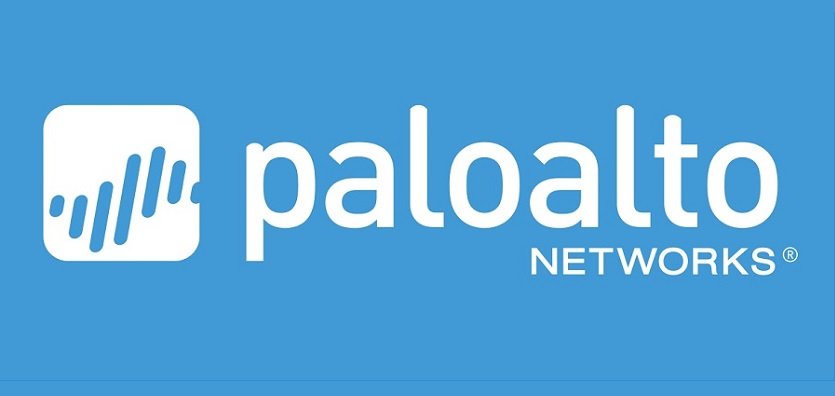
Blockchain, best known as the technology that underpins cryptocurrencies such as Bitcoin, is set to redefine cybersecurity as it inevitably moves more into the mainstream of business over the next few years. It’s therefore important for businesses to understand how blockchain works and how it could influence cybersecurity, according to Palo Alto Networks.
A blockchain is a cryptographically-protected ledger system that lets parties involved in a transaction track and trace the movement of the item with a timestamp. Each block includes the hash of the prior block in the chain, making it impossible to alter the blocks retrospectively. This means fraudulent activity is nearly impossible while transactions can be sped up dramatically. By eliminating manual and often inefficient processes, blockchain lets multiple entities that don’t trust each other exchange information without an intermediary.
According to IDC’s Worldwide Semiannual Blockchain Spending Guide, $945 million was spent on blockchain solutions in 2017. The report notes that this amount is expected to reach $2.1 billion during 2018. IDC expects blockchain spending to grow at a robust pace over the 2016-2021 forecast period with a five-year compound annual growth rate (CAGR) of 81.2%, reaching a total spending of $9.2 billion in 2021.
Philip Dimitriu, director of systems engineering, Palo Alto Networks, said, “Blockchain was developed for Bitcoin but its uses span many industries and applications. Internal tasks such as auditing and verifying the integrity of data are key applications for blockchain, along with tracing the movement of products through the supply chain, managing smart contracts, and letting professionals access privileged information securely.
“Over the next few years and beyond, blockchain will redefine the way many business processes, workflows, and even entire supply chains function. It will also reshape business partnerships and change the way organisations address regulations, compliance, and cybersecurity.”
There are three key ways blockchain could influence cybersecurity:
1. Automate authentication
By far, the biggest risk to cybersecurity is human error, such as using passwords that are easy to crack or using the same passwords across various systems. By automating authentication processes, passwords will no longer be required. Removing the human element from this process also eliminates it as a potential attack vector. Blockchain can achieve this automation by providing each device with a specific SSL certificate instead of a password, which is managed on the blockchain where it’s impossible to be faked.
2. Protect data
If a hacker tries to tamper with data in a blockchain, it will be automatically recognised as false and excluded from the chain. Blockchain inherently eschews a central authority, so everyone is responsible for verifying the data; existing data can’t be removed and false data can’t be added.
3. Prevent DDoS attacks
Distributed Denial of Service (DDoS) attacks depend on weaknesses in the Domain Name System (DNS). Using blockchain technology to decentralise the DNS removes this weakness and makes it impossible to hack.
Philip Dimitriu said, “To make the best use of blockchain to harden cybersecurity, business leaders must understand how, when, and where blockchains can provide benefits and value, as well as how to implement them. Legal, audit, risk, and compliance are ripe for transformation via blockchain and to be successful, key executives need to be involved in planning and deploying the blockchain implementation from the start. When it comes to cybersecurity, success depends on education, training, and process transformation with the evolving industry.”





